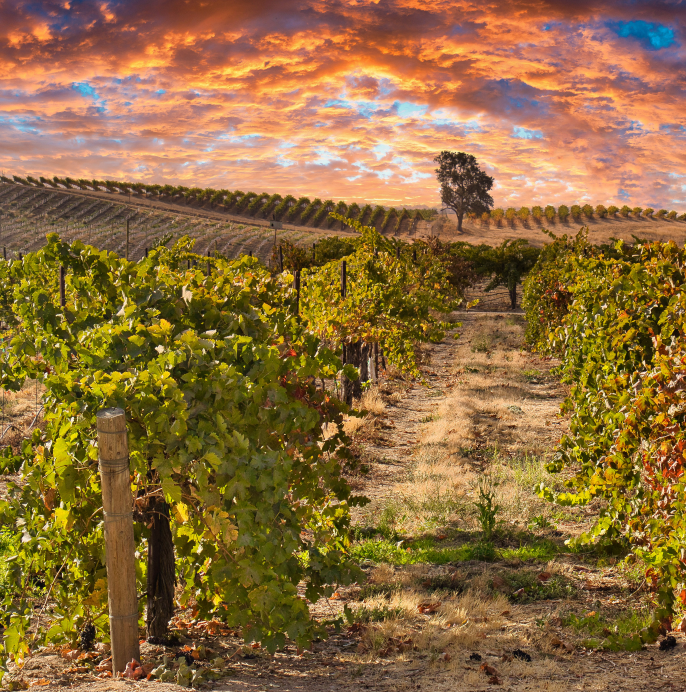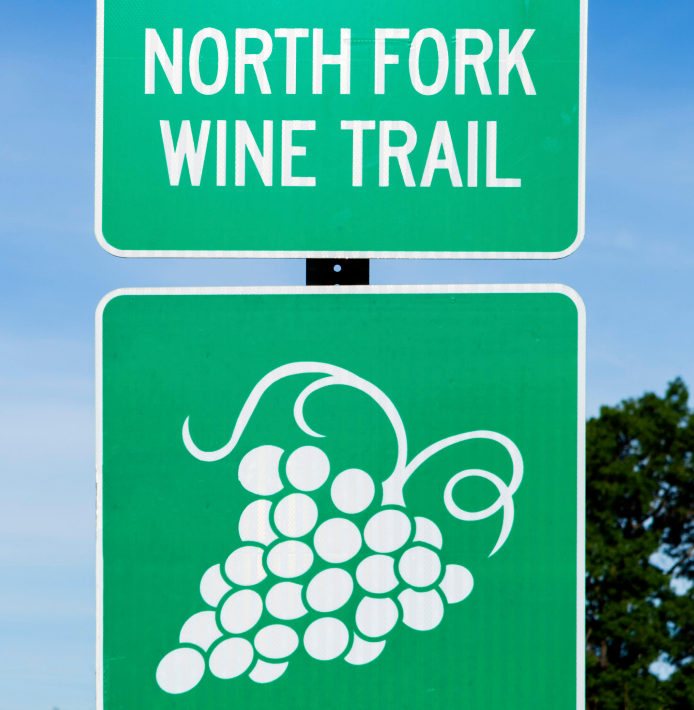Bob Morus grew up the in San Francisco Bay Area and developed an affinity for wine early in his life. After a career as an Air Force pilot, he took a job with Delta in Portland and began looking for a stretch of land for a vineyard of his own. After searching the Columbia Gorge AVA as well as the Willamette Valley AVA, Bob found a site perched on a steep southern slope overlooking the picturesque Hood River Valley in the then sparsely cultivated Columbia Gorge appellation. Resting on the eastern side of the Cascades, the estate the Morus Family would eventually call home rested between 950-1200 feet in elevation with an average annual rainfall of 36 inches, which is right on par with the celebrated Dundee Hills (though at a significantly higher altitude). This winning combination made for much cooler temperatures than the remainder of the appellation along with excellent diurnal shifts – in other words, paradise for Pinot Noir. The Oak Grove Loam soils are comprised of aging lava flows from vents around Mount Defiance as well as a healthy dose of clay, all topped with a fine layer of loess from the ancient Missoula Floods. The family planted their first vines in 1990 and named the estate Phelps Creek in honor of the tributary that joins the Columbia River at the Wah Gwin Gwin Falls. For a good decade or more, the Morus Family sold their fruit to producers; then, they brought on winemakers to start crafting their own wine, and fate lent a hand.
In 2007, Alexandrine Roy joined the Phelps Creek team for the first time. A fourth-generation winemaker from Burgundy, she was educated in Beaune and continues to serve as winemaker for her family’s Domaine Marc Roy in Gevrey-Chambertin. Charmed by Oregon and impressed with the Phelps Creek Vineyard’s unique terroir and sustainable viticulture practices, Alexandrine signed on to craft the special Cuvee Alexandrine from the estate Pinot Noir. You do not have to look far to find the critical acclaim that has followed this wine since. In 2012, Alexandrine took over as Director of Winemaking for Phelps Creek and continues to travel back and forth between Oregon and Burgundy to capture the best of what the Columbia Gorge appellation has to offer. The Cuvee Alexandrine is a selection of each vintage’s top barrels. Through low yields and sustainable farming, the Phelps Creek fruit is crafted through minimalist, uber-traditional winemaking. Alexandrine insists upon spontaneous fermentation with native yeasts, which echoes the true voice of this unique terroir and varietal purity. The fruit is entirely destemmed, although a few fermenters see 20% whole cluster fruit. Punch-downs and pump-overs are fine tuned for each unique vintage. The wine is racked and returned to barrel once, and then ages for ten months in roughly 25% new French oak. Out of 80 barrels, only 10 make the final cut into Cuvee Alexandrine’s final assemblage. The 2012 vintage was an ideal growing season of moderate heat and dry weather, resulting in a lush, voluptuous wine that walks the tightrope between an expression of Oregon fruit and Gevrey-Chambertin’s elegance and structure.
The 2012 Cuvee Alexandrine exhibits a dark garnet red core with a hint of orange and ruby highlights on the rim, showing just a hint of maturity. Highly perfumed, intense aromas of wild, dried black cherry, preserved wild strawberry, raspberry and a kiss of goji berry reveal a richer dose of Oregon sunshine; the nose evolves to include aged black tea, hibiscus, rose petal candy, a touch of white pepper, dried black mushrooms, volcanic smokiness and a subtle trace of exotic spices. With a profile reminiscent of Gevrey-Chambertin, though with Oregon fruit, the palate is as full-bodied as Oregon Pinot Noir gets. Incredibly soft tannins and balanced acidity unwind into flavors of freshly picked red cherry, wild strawberry and wild raspberry, wild herbs, a hint of mushroom, forest floor, volcanic minerality and earth-driven characteristics that evoke memories of fine Burgundy. Although I highly recommend you enjoy this wine in its current, delightful state, it has a long life ahead and should peak in another 5-6 years. To enjoy, simply decant for 40-45 minutes and serve in Burgundy stems between 60-65 degrees.






